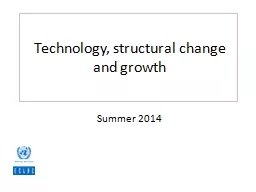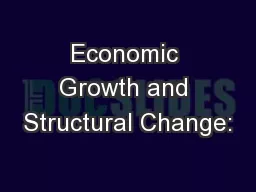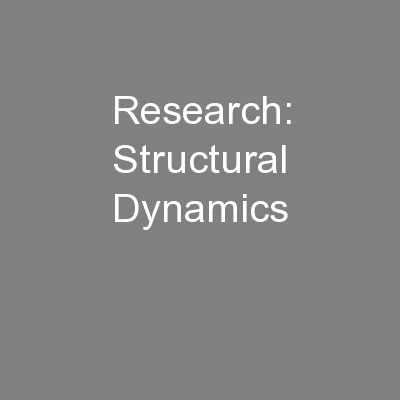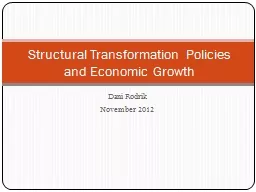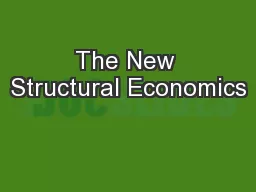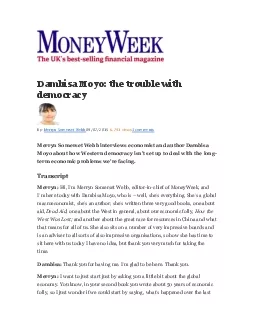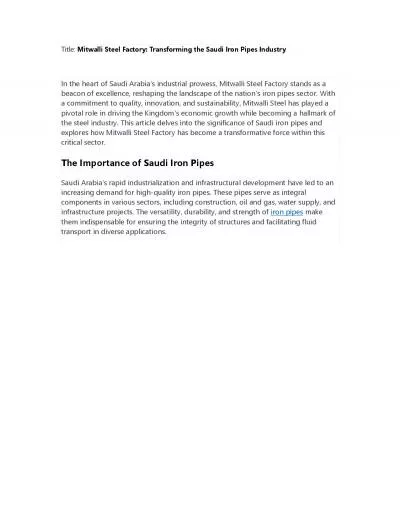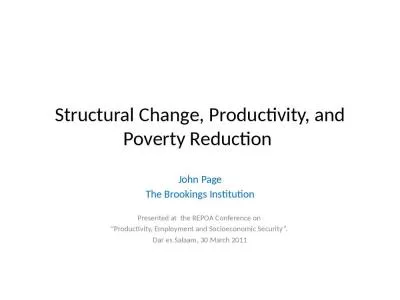PPT-Technology, structural change and growth
Author : marina-yarberry | Published Date : 2016-07-21
Summer 2014 Objectives of the paper To present basic insights on structural change and growth in a simple framework To show some empirical evidence and stylized
Presentation Embed Code
Download Presentation
Download Presentation The PPT/PDF document "Technology, structural change and growth" is the property of its rightful owner. Permission is granted to download and print the materials on this website for personal, non-commercial use only, and to display it on your personal computer provided you do not modify the materials and that you retain all copyright notices contained in the materials. By downloading content from our website, you accept the terms of this agreement.
Technology, structural change and growth: Transcript
Download Rules Of Document
"Technology, structural change and growth"The content belongs to its owner. You may download and print it for personal use, without modification, and keep all copyright notices. By downloading, you agree to these terms.
Related Documents

